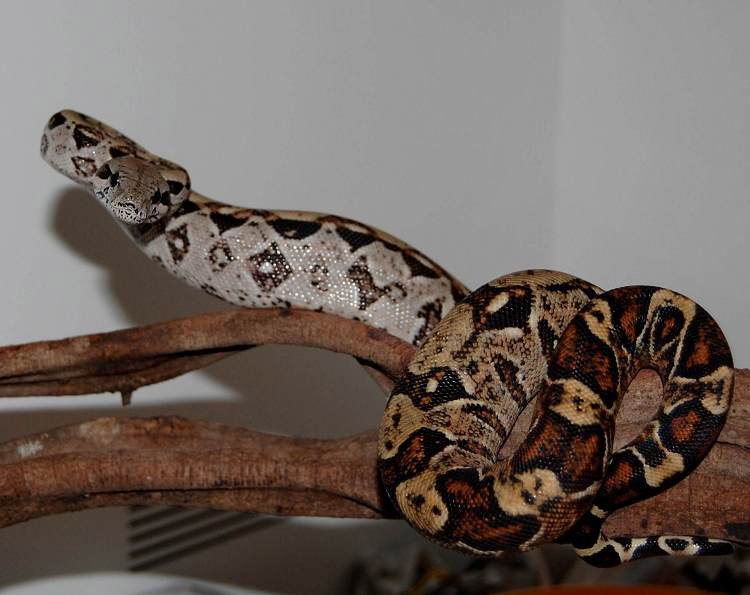

They prefer to be ambush predators and lie in wait for prey to pass by before striking, though in regions with less available food they have been known to actively hunt for food. Adults have even been known to prey on ocelots. Their diets consist of mostly rodents and birds, but larger mammals and even reptiles are viable options. They are adept climbers, especially when young, and can be found in trees foraging for prey. They will occupy the burrows of medium-sized mammals, where they can hide from potential predators overnight. Behavior:īoa constrictors are nocturnal, but they do bask during the day if nighttime temperatures are too low. It is commonly found in or along rivers and streams, as it is a very capable swimmer. However, they prefer to live in rainforests due to the humidity and temperature, natural cover from predators, and a vast amount of potential prey. An introduced population exists in extreme southern Florida.īoa constrictors can be found from tropical rainforests to arid semi deserts. Habitat & Range:ĭepending on the subspecies, boa constrictors can be found through South America north of 35°S, and many other islands along the coasts of South America.

The coloring works as a very effective camouflage in the jungles and forests of its natural range. However, they are generally a brown, gray, or cream base color, patterned with brown or reddish-brown "saddles" that become more pronounced towards the tail.

The coloring of boa constrictors can vary greatly depending on the locality. Both male and female boa constrictors have pelvic spurs, but males tend to have larger ones. Females can also weigh 22-33 lbs or even larger. Females tend to be larger than males, between 7’-10’, but it isn’t uncommon for them to exceed 10’ in captivity. Boa constrictors are anywhere from 3’-13’ in length depending on locality and available food.


 0 kommentar(er)
0 kommentar(er)
